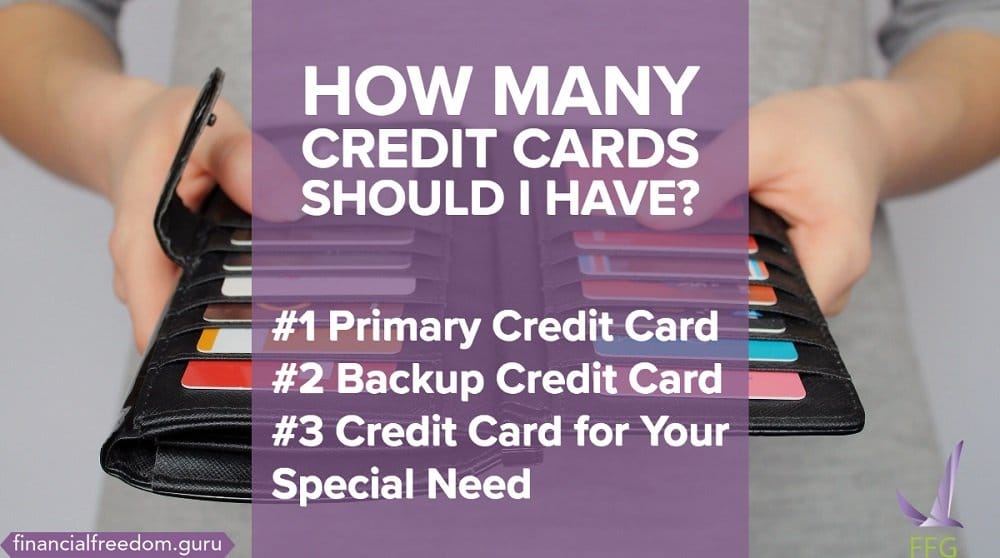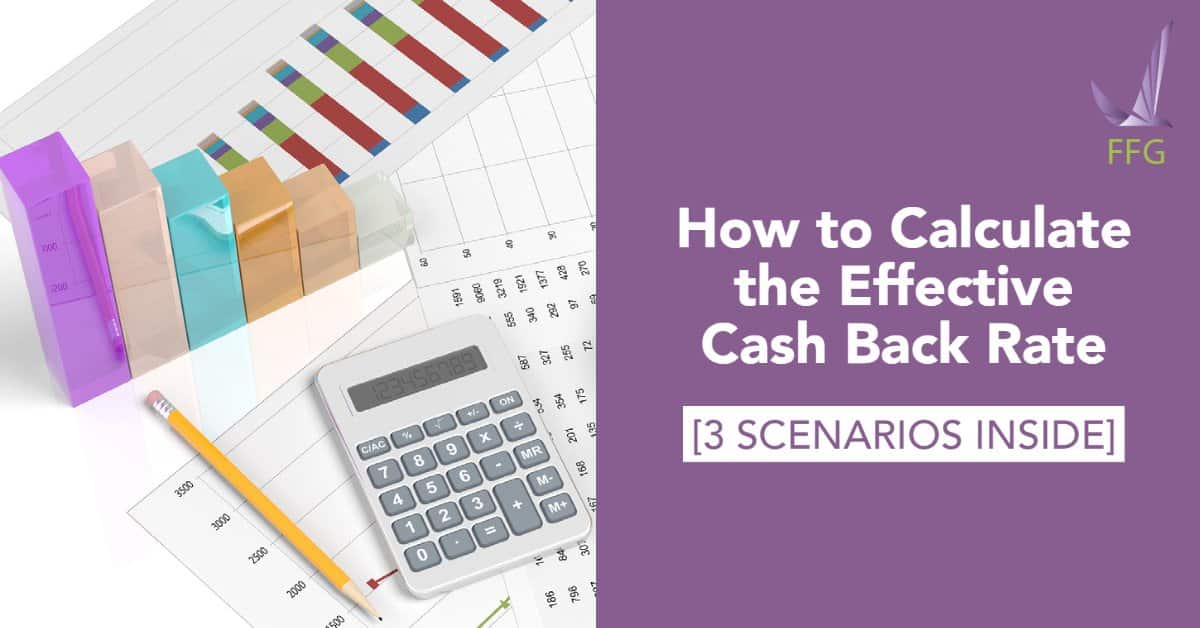Retail Store Credit Cards: Everything You Need to Know

Updated: May 26, 2022
You’ve probably been invited to apply for retail credit cards at the checkout counter. The offer sounds tempting: save a percentage now regardless of if you’re approved. Before you sign up for that retail credit card, we think you should read this guide.
Table of Contents
What Are Store Credit Cards?
Store credit cards offer credit to customers through a specific retailer. Unlike co-branded cards that use payment networks, store cards can only be used at the store that issued them. Store cards usually have more flexible acceptance criteria than other credit cards. Customers purchase products on credit with the store card, which must be paid back at the end of the billing period.
Customers find the store credit card appealing because of the potential discount and other benefits they can get. Some customers see a store card as an opportunity to build their credit. They may not be able to get a credit card traditionally, and the lower qualification criteria mean it’s easier for them to be approved. While there is nothing inherently wrong with this method, there may be better alternatives available, like a secured credit card.
Benefits and Drawbacks of Store Credit Cards
Store credit cards can offer tangible benefits, which adds to their appeal. This is beyond the immediate discount at the register.
Pros of Retail Cards
- Store cards offer credit, which means they can be used to establish a credit history. Someone with no credit history may use a store card if they habitually purchase from the store. The store, in return, would be reluctant to deny credit from a loyal shopper.
- People with poor credit history seek out store cards because the stores are more likely to approve their applications. Provided that the customer does not carry a balance from month to month, this may be a reasonable solution. Using the card sparingly and having a low balance can improve a user’s credit score over the long term.
- Store cards usually offer special perks. This may be a one-time discount at signup, exclusive coupons, free shipping, free after-service care, or special financing. (Remember to read the fine print of the card agreement to see if there are spending minimums or other conditions to be eligible for bonuses.)
Cons of Retail Credit Cards
On the other hand, you may want to avoid the following pitfalls of store credit cards.
- The debt can be expensive. Store credit cards are known for having high APRs. Carry a balance, and you can pay 24.99% interest, on average, compared to 16.7% with a non-store card.
- Store cards tend to have low limits, which can affect your card’s utilization. Card utilization is the amount of credit used on the credit card divided by the total available credit limit. Financial experts advise that your credit utilization should not exceed 30%, or else you risk damaging your credit score. The lower your utilization, the better it will be for your score.
- Since store cards are designed to make you spend more, they encourage unnecessary spending. The card is designed to entice shoppers to return and purchase more products. The temptation to shop is enhanced with store cards under the guise of saving money through more significant discounts. Shoppers without self-restraint may end up with high credit card bills they can’t pay off by the due date. This erodes any savings or benefits of owning the card.
How to Choose a Credit Card For Retail Shopping
If you still intend to get credit cards for retail shopping, there are a few actions you should take. Narrow down your card options to those affiliated with stores you regularly spend the most money on. It will be easier to maximize your benefits where you’re already spending money. Determine which store card will best fit your spending habits and lifestyle. Finally, look for a card that minimizes interest rates and eliminates fees.
How to Get a Store Credit Card
After selecting a card, apply for it. Many stores allow you to do this as you cash out, or you can apply online or by mail. The store will perform a hard inquiry on your credit report, just like a regular credit card. This is to verify your creditworthiness, which can affect your approval, credit limit, and interest rates. Some stores may grant instant approval, while others will let you know in a few days.
If you have been approved, remember to use good credit practices to avoid debt and protect your credit score. Pay your bill in full every month, and keep your utilization under 30%. Read all the terms of the card and the rewards program, paying attention to fees and APRs. Don’t forget to ask the store manager how to pay your bill. This is very important, since missing your first payment could cost you up to 90 points on your score. Your first purchases have likely already been charged. You would have had to put your purchases on your credit card account to get your application day discount.
Should You Apply for Retail Credit Cards?
This is dependent on your credit card habits. You should not apply for store cards if you usually carry a month-to-month balance. It would be much better if you applied for a low-interest credit card. You would get more favorable terms and pay less in interest over time.
Apply for the card if you shop at the store frequently, and you pay your bill in full every month. Keep in mind that you will also need to have a robust credit score to handle the new hard inquiry for the card.
Use Your Store Card Wisely
Thus, owning credit cards for retail shopping can provide great rewards. The challenge of having a store credit card rests with being able to manage the card. The temptation to spend is strong, and it is easy to accumulate debt and incur penalties. The best defense when using these cards is twofold. You should always implement good credit habits, and understanding the terms of the card and rewards program.





